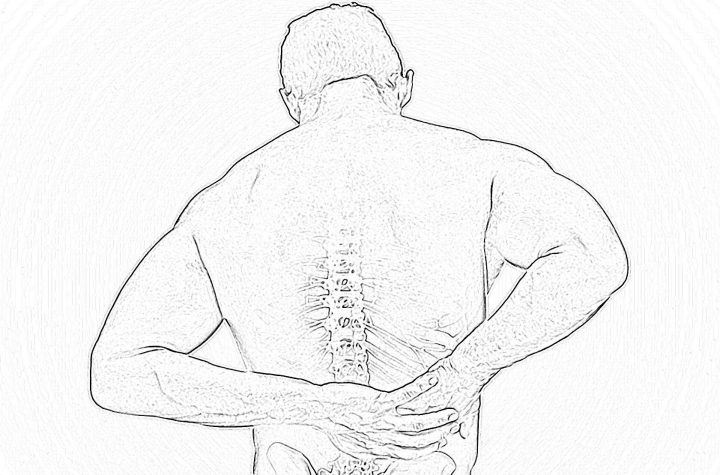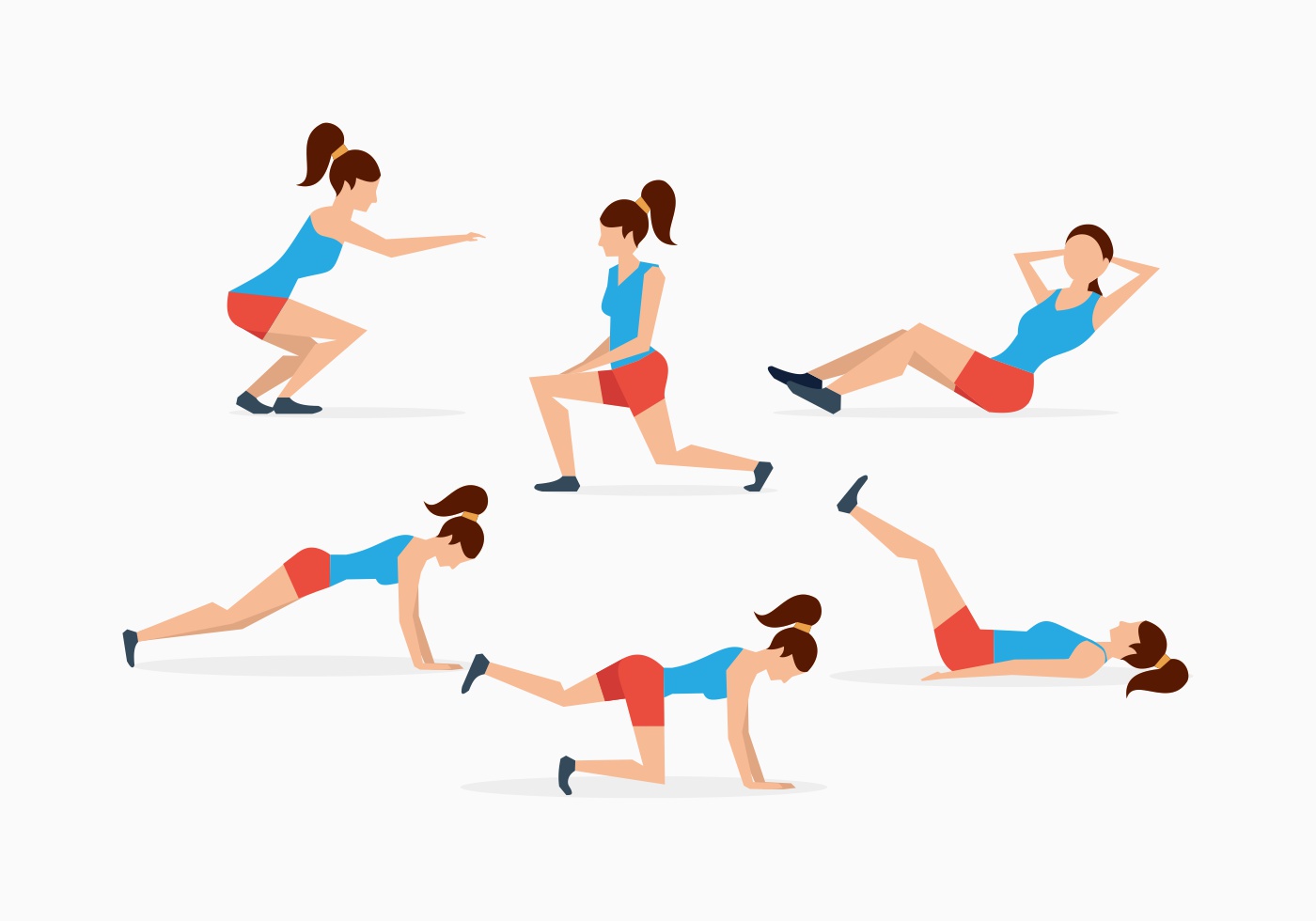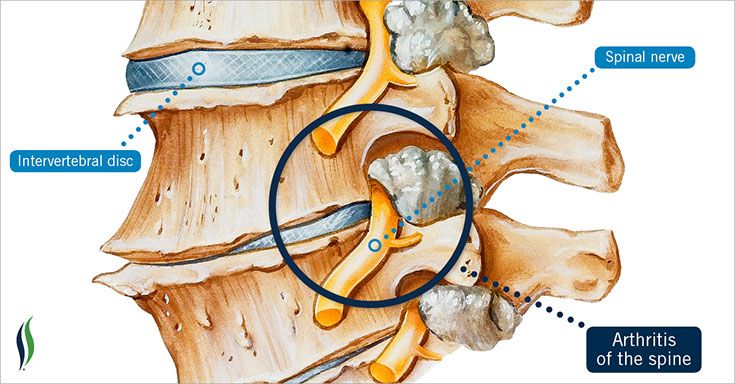
Tips for avoiding and treating mid back pain:
Back pain between your shoulder blades, or what is known as ‘thoracic‘ back pain. It may caused in the majority of cases by poor slouched postures sustained for long periods of time in sitting. Sedentary lifestyle and being overweight can also contribute to thoracic back pain. See our ‘What is back pain‘ article for more detailed information on pain physiology. You can get relief for mild to moderate middle back pain bye checking some tips below. These may help even if you aren’t feeling back pain. Treating sore or even tight areas before they become more serious and potentially develop a chronic pain. Here are some tips for avoiding and treating mid back pain.
What are the Tips for avoiding and treating mid back pain:
Improve posture:
It might hard to ensure that ideal postures maintained while sitting for the majority of the day. Or else eventually your back will hurt. Best to get up and stretch or lay down every 30 minutes to take the stress off your discs. That may help you to recover from the unavoidable gravitational compression. Below are some examples of stretches which can help at work to keep good posture. Chairs, pillows, and mattresses must all be in good condition and supportive. When driving, ensure your back retains a curve making use of BakBall. Or BakRest behind your spine which prevents the thoracic spine from slouching forwards. Good practice for make yourself comfortable is basic needs that covers Neckstretch, ArmsFront, HBB, Hands, ArmsUp, Sidestretch and ChestStretch etc.
 Due to the difficulty to maintain healthy posture all day, here are some practical tips to improve your postural awareness and remind you to definitely ‘sit up straight’. You can use visual stimuli on monitor, keyboard and mouse. Something like red stickers or pictures of stretching as well as audible stimuli can help. YouUse reminders or alarms on Outlook or mobile phones in every 15-30mins can help you to release from back pain. Use of apparatus such as BakBalls or BakRests behind the back. Even tape across your shoulders or down the back from the Physiotherapist to make yourself Source – Get Healthy You
Due to the difficulty to maintain healthy posture all day, here are some practical tips to improve your postural awareness and remind you to definitely ‘sit up straight’. You can use visual stimuli on monitor, keyboard and mouse. Something like red stickers or pictures of stretching as well as audible stimuli can help. YouUse reminders or alarms on Outlook or mobile phones in every 15-30mins can help you to release from back pain. Use of apparatus such as BakBalls or BakRests behind the back. Even tape across your shoulders or down the back from the Physiotherapist to make yourself Source – Get Healthy You
comfortable while working on chair for a long time.
Stretching:
Prolonged sitting in slouched postures can lead to stiffness within the spinal joints. Knots in the muscles involving the shoulder blades and perhaps a burning sensation. Unfortunately, long-term slouched sitting can in fact result in permanent alterations in the discs. It can also cause in the thoracic spine (e.g. extremely hunched older citizens). BakBalls can be the ideal preventative solution that were invented by Mark Alexander. He was a former Sports Physiotherapist of the Australian Olympic team. Bakballs can help with reverse the stiffness developed from poor sitting postures. The BakBalls also act as a pain-relieving self-treatment device. Click here to learn ‘How to make use of BakBalls’ to relieve pain and improve posture.
Strengthening and stability:
Specific stability exercises prescribed by physiotherapists may help to increase the health of your spine and reducing back pain. Studies shows that within 24 hrs after experiencing lower back pain, the muscles protecting the spine. And help to eliminate in size and activation. Physiotherapists have to prescribe targeted exercises to reverse the results of pain and prevent slouching in sitting. Exercises that optimally prevent slouching are seated rows. Also, shoulder retraction exercises where you pull your shoulder blades down and together again. To locate your local physiotherapist, just click here to go to the Australian Physiotherapy Association website. General gym applications and strengthening training is also essential to prevent and relieve back pain. If you exercise for several hours per week, it may help to reduce the incidence of back pain.
Staged return to normal exercise:
It is critical to stage or gradually increase the levels of exercise to avoid aggravation of back pain. Commonsense says to increase exercise levels over time to prevent doing too much, too soon. For instance, after an episode of back pain don’t attempt to garden for 2 hours or walk 10km. Start from a low base, and gradually increase the duration and intensity of exercise. The 10% rule is a good rule of thumb, each week increase the duration OR intensity of exercise by 10%. Finally, lower back pain sufferers have to take care of their back pain. Because most common causes of back problems are sustained poor postures, bending and lifting activities.




More Stories
Right Side Back Pain Symptoms, Causes and Treatments
6 Easy Tips to Manage Back Pain in 2020
Can Spine Arthritis Cause Back Pain?